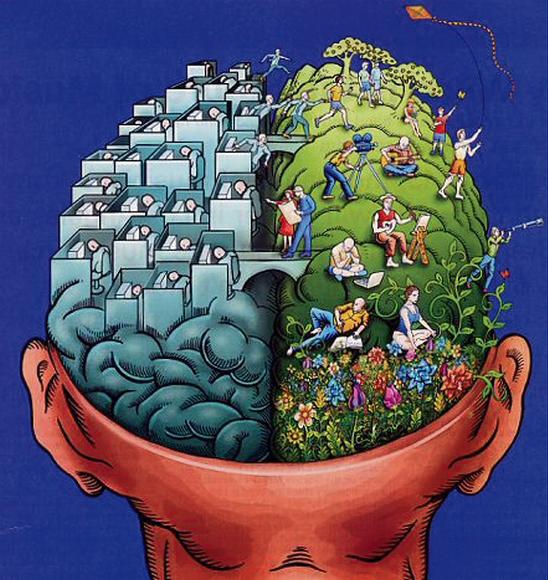Iowa State receives funds for brain stimulation research
March 31, 2013
Brain stimulation research at Iowa State is getting a boost from the Roy J. Carver Charitable Trust.
The trust has pledged to fund $395,280 during a two-year period to help fund brain stimulation research at Iowa State. Brain stimulation research for the past few years has been an ongoing process, with an established laboratory on the third floor in Durham Hall dedicated to the research.
David Jiles, the Palmer Department Chair in electrical and computer engineering, said the research the group is performing uses a magnetic field to stimulate parts of the brain. A coil is placed on the subject’s head and a strong magnetic field is pulsed to parts of the brain which then stimulates the neurons.
This technique is called deep brain stimulation, has been used to treat people with depression and has had positive results. It is believed that this technique can be used to treat trauma caused to the brain by concussions, strokes, Parkinson’s disease and post-traumatic stress disorder.
“Deep brain stimulation removes the need for invasive surgery in some cases,” Jiles said. “We can bring patients in and treat them on an out-patient status.”
To test their research, Jiles and his fellow researchers use computer simulations, which take place in Durham Hall, and use mice as test subjects. Jiles has partnered with Anumantha Kanthasamy, the W. E. Lloyd Endowed Chair in Neurotoxicology in the College of Veterinary Medicine to work on mice to see if they can treat Parkinson’s disease in mice using deep brain stimulation.
So far it has been discovered that some physical symptoms of Parkinson’s, such as tremors, have been relieved due to their treatment method. Deep brain stimulation helps accelerate the rate of recovery for damaged parts of the brain.
“We’ve got something special here,” Jiles said. “There is a lot of research to be done on the brain; it could be the last great frontier now.”
Jiles also stated that he and his researchers were approached by the military about their research and whether it could help treat soldiers with post-traumatic stress disorder. The group is now partnered with the Walter Reed Hospital National Military Medical Center to see how they can treat the symptoms of post-traumatic stress disorder.
In the Durham Hall lab where the computer simulation research is performed, they work to figure out how to directly stimulate a certain part of the brain and how to get the magnetic field to penetrate deeper into the brain.
“By changing the design of the coil (what is placed on the subject’s head) we hope to treat different problems and to make a more precise impact,” said Lawrence Crowther, graduate research assistant in computer and electrical engineering.
One problem that Jiles and Crowther noticed while using a magnetic field in their research was the issue of focality.
Focality is the ability to target certain areas of the brain and being able to stimulate small volumes. This has been hard for the researchers to achieve due to the use of a magnetic field; this causes other parts of the brain to be unintentionally stimulated along with the selected part.
“We can do deep brain stimulation,” Jiles said. “We can do this better than anyone else in the world, and this gives us a competitive edge in this area.”







